How To Re-Engage Employees Following Covid-19
We find ourselves closer to the ‘new normal’ of a post-lockdown era with announcements last week of a scaled reopening. As we enter Stage One in Australia and New Zealand, we begin to question what it will mean for our businesses and employees. For many, it means planning to re-engage their workforce with a vision of a solid recovery.
It’s important to prepare your employees for the new regulations that will apply to your industry. Just like onboarding, the steps you take now to ensure a smooth transition back will give your business the strength to hit the ground running.
Whether you’re planning to re-contract stood down employees, notify staff on JobKeeper payments or communicate your staged reopening strategy; communication really is the key to tackling this new challenge.
What is (Re)Onboarding & why is it important?
Communicating with your entire workforce about the rollback of restrictions should be first on your agenda. Teams are looking to you for clarity and information. However, be mindful of making sweeping updates that teams need to unpack to understand.
Within some organisations, employees have been paused, working remotely, receiving JobKeeper payments, had hours cut back or perhaps a combination of these. Giving people some certainty about their job security and future – even when you may not have all the answers – can help to manage your team’s expectations.
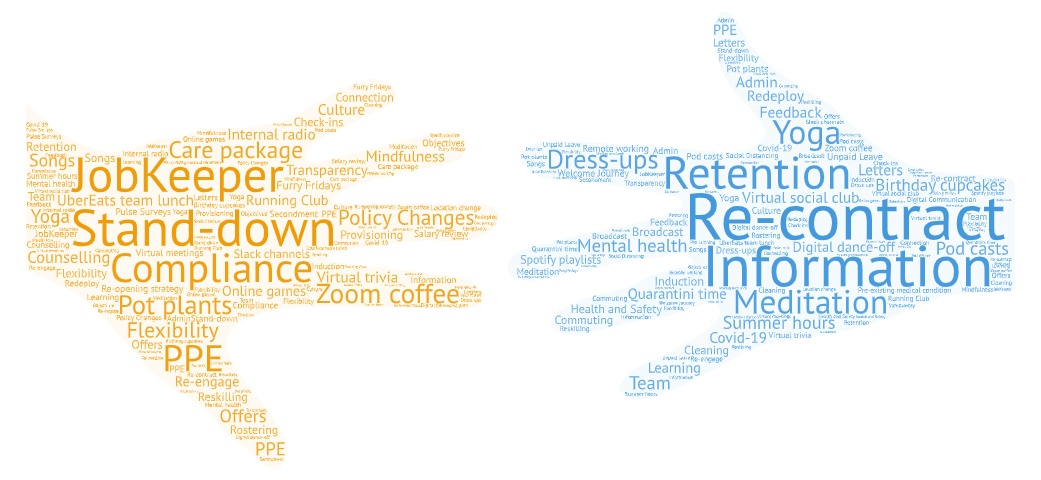
Explain to them what the new normal looks like.
- Changes to health and safety procedures
- New workplace policies to accept
- Formal acknowledgement of JobKeeper, changes to employment status and terms
A premium fashion retailer – one of our amazing customers – needed to communicate quickly about what stores are opening and who will be working. They used our Letters workflow to re-engage their employees about their re-opening strategy.
COAT – more than just a tool to weather a storm!
When it comes to re-onboarding, wrapping your employees in a COAT will give you the foundations to work from to re-build your business.
The elements of great (Re)Onboarding, or COAT as we like to call it, are Culture, Objectives, Admin and Team. Nailing the essential admin tasks with automation will leave time to focus on the task of pin-pointing the necessary content to send to your existing and new employees for them to launch a successful re-opening.
Delivering bite-sized digital communications before their first day back will help to re-establish their confidence in your brand and their future. Make them feel supported with messages from team leaders, informing them of business changes, creating an online social club – these are all ways that will make them feel part of your community.
You can check out a great breakdown of COAT in this handy blog.
Top 6 considerations of covid-era employee (Re)Onboarding
1. Information & Transparency
Navigating the muddy waters of change will be especially important in this post-pandemic climate. You need to clearly and authentically communicate with employees what the future looks like for them and the business. Your workforce might be your biggest asset – it’s time to think about people first.
2. Learning & Reskilling
Do employees need to learn new processes that have been implemented due to Covid-19 changes? Are your team leaders across your obligations?
Schedule in content and links to videos – a central spot where employees know they can find the latest information about new procedures. Want to know what changes are affecting your industry? Safework Australia has updated information and resources to assist you.
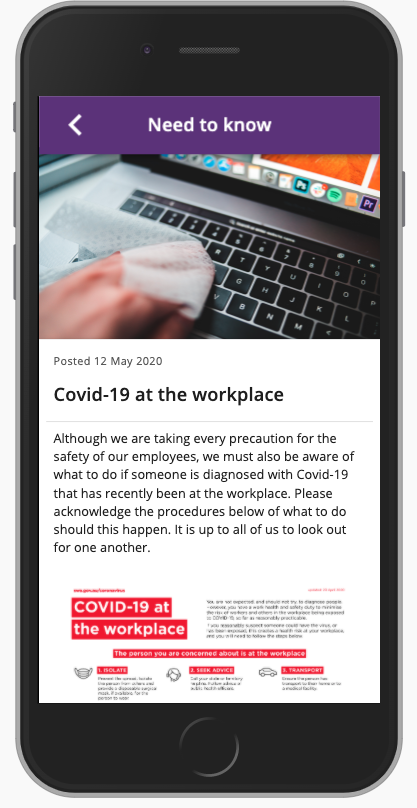

3. Flexibility
Just as we are having a staggered reopening – Would a staggered re-start be the right approach for your employees?
Using feedback content cards can give you insight into what your workforce needs during this transition. For instance, do some people still need to home-school their children? Does anyone have a pre-existing condition that leaves them more vulnerable? Do any of your employees have any concerns?
Basing your initiatives off the feedback your employees give can ensure that you are directing your focus in the areas that they value. For instance, addressing any anxiety over commuting to work via public transport could result in a carpool group or flexible working conditions so that people don’t travel in peak hour.
A focus on physical health will be at the forefront of people’s minds and workplaces will have a duty of care to their employees that they are keeping them safe while at work.
A focus on physical health will be at the forefront of people’s minds and workplaces will have a duty of care to their employees that they are keeping them safe while at work.
New obligations such as signage about safe hygiene practices and social distancing may be part of insurance liabilities so adherence to best practice will be imperative for businesses.
4. Connection
Has your business been disbanded and you need to re-instil company culture?
Perhaps you haven’t had time to build a clear employee engagement journey and you finally have some time to focus on it. Maybe you are starting to read the research how your employee experience can affect your customer experience?
At HROnboard, we are all about staying connected. We walk the talk about epic employee journeys from the inside out. In fact, not to toot our own trumpet, but we have been featured a number of times for our company culture including the odd award or two. Being a tech company, we have been able to maintain our culture while working remotely with a digital review.
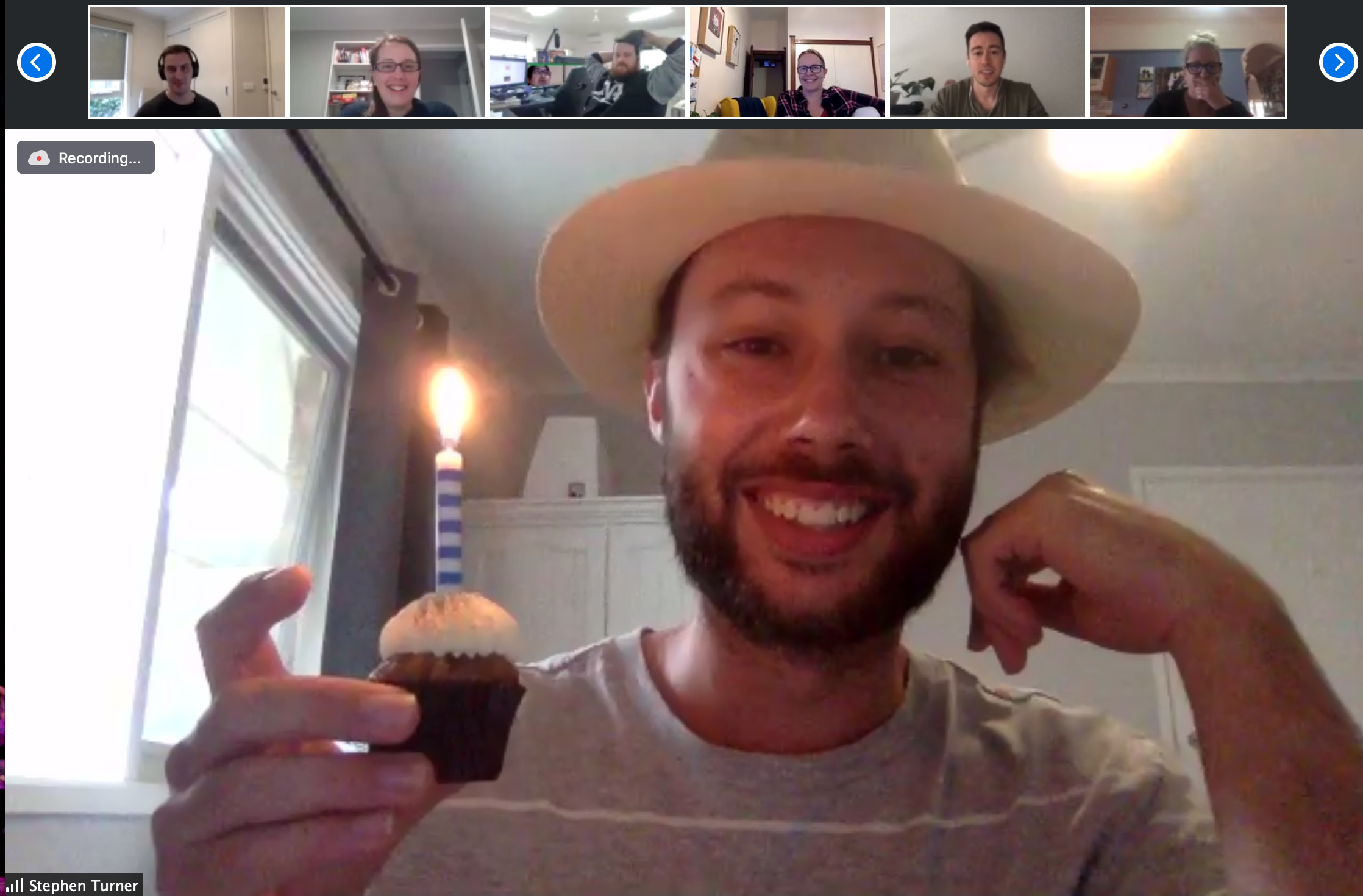
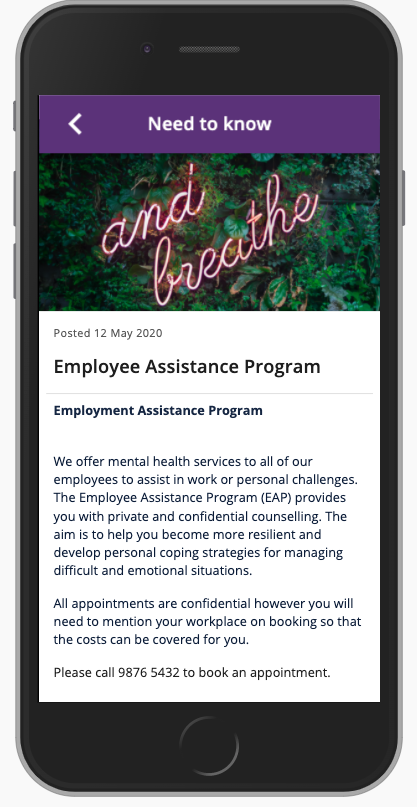
5. Support for Mental Health
What impact has Covid-19 had on your employees? What can you do to help. Monash University did a recent study that showed that up to 30% of participants registered moderate to high levels of anxiety and depression with a majority of participants experiencing some mild to moderate levels since Covid-19 began.
We can’t afford to ignore the impending mental health crisis that will linger after businesses have reopened. Recognising these issues and offering support is more than just a nice-to-have, it is as crucial as having a first aid kit in your office.
6. Feedback – are you really listening?
Giving employees a voice through submitting feedback is a fantastic way to test what is and isn’t working. However, it also is a helpful tool to engage and invigorate employees to feel valued. Research shows that a workforce that is valued is more innovative and willing to take the initiative. The knock-on effect of asking for feedback is really a win/win situation for all.
How to create a re-onboarding strategy that is personalised to you
Re-onboarding
Re-deploy your team leaders or your entire workforce with our letters solution – an official update that requires a formal acceptance. Create letters to employees detailing return to work date/s, proposed return to work conditions (FT, PT, casual), pay structures and more. There’s also a handy audit trail of communication that you access any time.
To date, we’ve sent out over 20,000 JobKeeper letters to our customer’s employees. Within days of the announcements, we were able to get the workflows up and running quickly – alleviating any unnecessary stress for their employees.
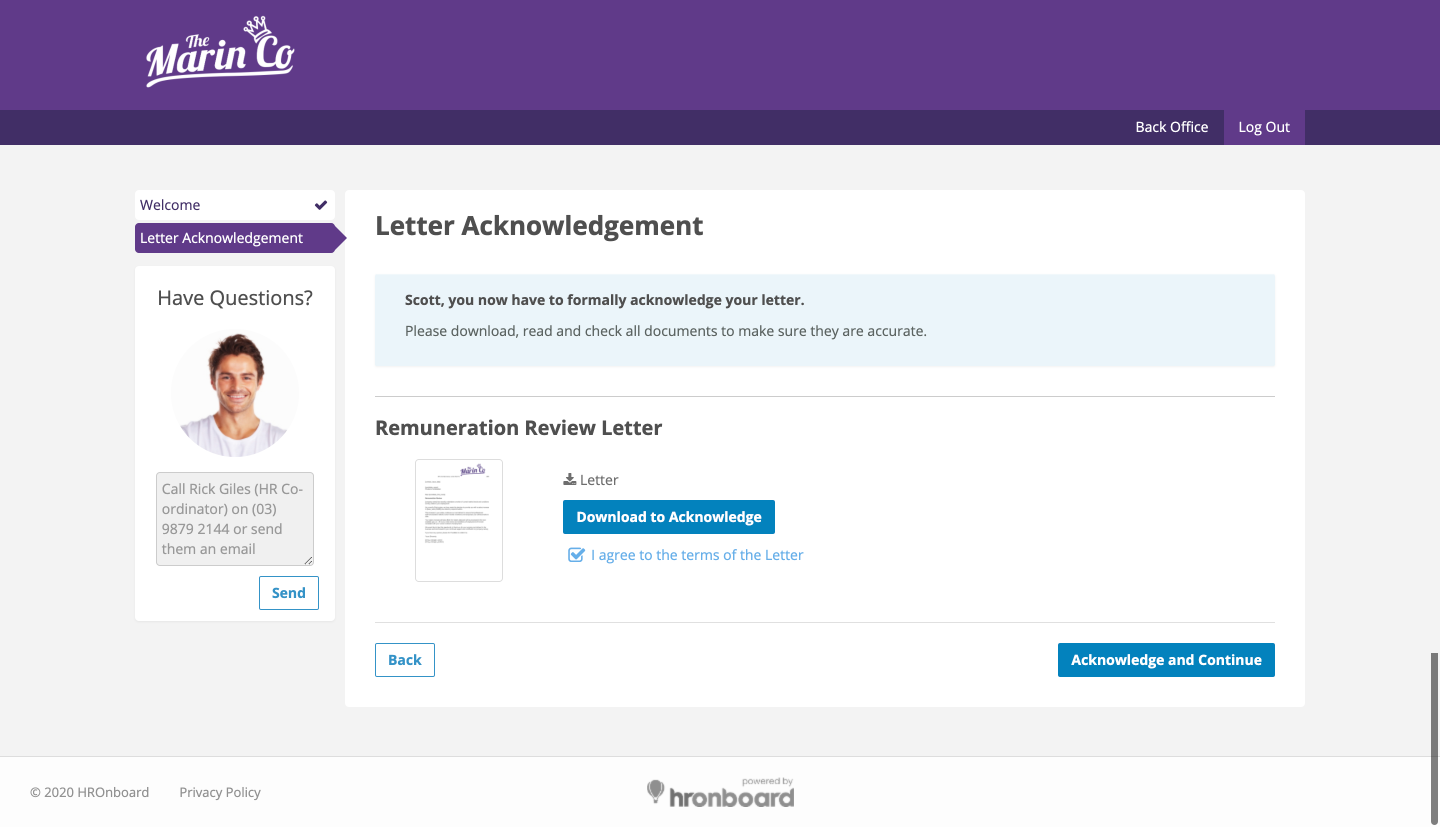
Being able to onboard or re-onboard while working remotely has been dynamic for some of our customers like Vodafone. They needed to re-deploy their retail staff to their call centres.
You can also easily create reminders for team leaders to follow up with their teams. Managing remote teams might be new to them, so support them with handy reminders, provisioning tips and more. Re-onboarding at scale is quicker when essential administrative tasks are triggered – it’s a game-changer so you can focus on the right messaging for your employees.
Inform & Communicate
Using our new Broadcasts feature, you can build streams for different cohorts of employees. It’s easy to build and schedule bite-sized content in preparation for your workforce to return.
Schedule in key updates as you move closer to your opening date and drip-feeding vital policy updates and business changes. Create learning content to have your team back up to speed about any updates on original practices.
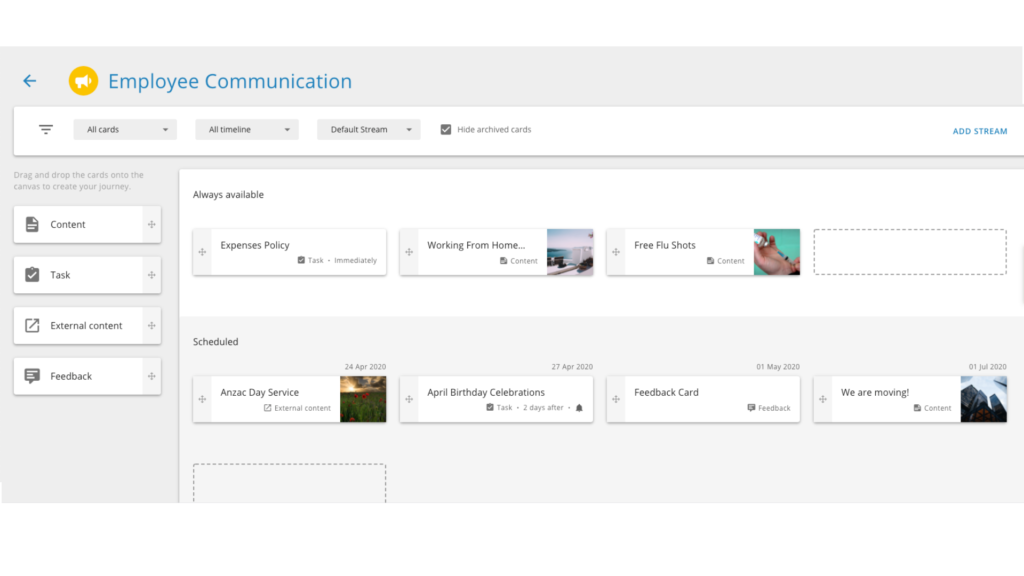
Prepare to succeed
Plan for your workforce to be fully functional from day one. Support them now so that when you do re-open your doors, lifts or warehouses – your employees don’t go looking elsewhere for work.
Investing in your staff is one of the most cost-effective ways to ensure the road to recovery is smooth. There are some things that we can’t foresee but being able to nurture your employees through a time of uncertainty with transparency and authenticity will bring you together in your common goals.
Curious to know what an onboarding experience at HROnboard looks like? Try our epic onboarding experience for yourself.
